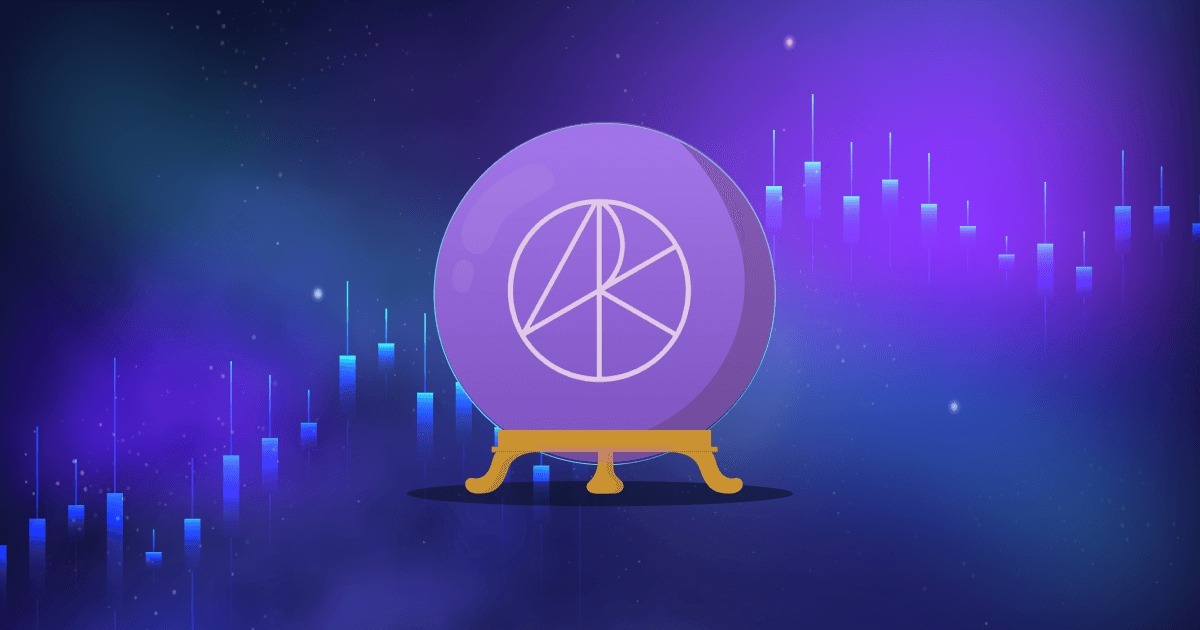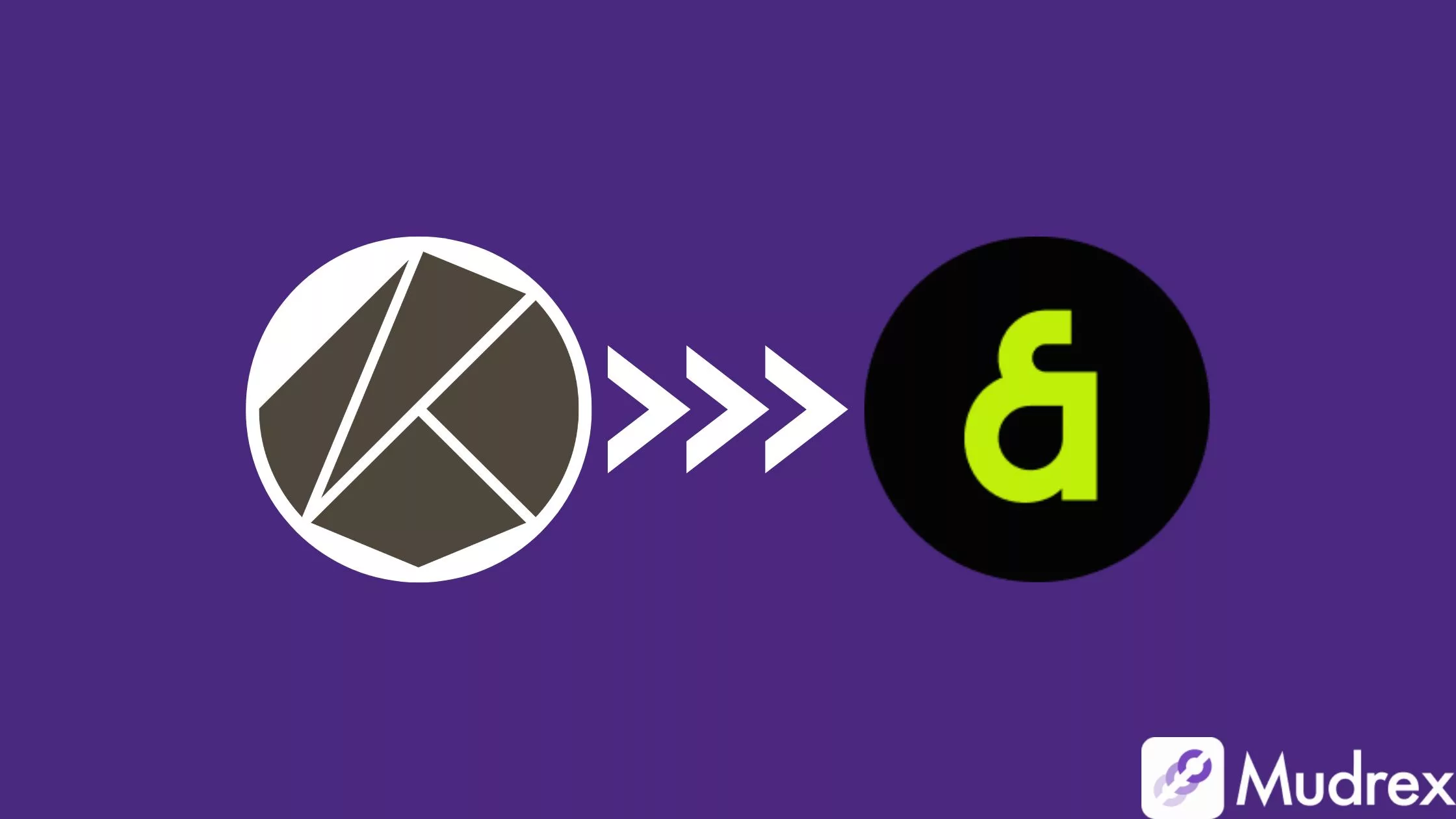In 2022, the contagion from Terra/LUNA, Three Arrows Capital, Celsius, and FTX/Alameda wiped out ~$1.5 Trillion from the market cap of the overall crypto market. But the long-term growth potential of blockchain remains stronger than ever. However, during the next ten years, cryptocurrency and smart contracts could command $20 trillion and $5 trillion, respectively, in market value, says Ark Invest.
Despite a major bump in the road, public blockchains continue to foster multiple revolutions- the money revolution, the financial revolution, and the internet revolution. How are they different?
- The money revolution is the switch from centralized fiat currencies to decentralized currencies, aka cryptocurrencies. 2022 saw Bitcoin miners mining ~53,000 blocks and generating ~$10 billion in revenue.
- The financial revolution is the switch from traditional financial services and contracts to DeFi and smart contracts,
- The internet revolution is the switch from corporate-owned platforms to Web3, which is interoperable and user-owned.
P.S. – This blog is a summary of Ark Invests, ‘Big Ideas 2023’ report. You can find the full report here.
Money Revolution- The Problem and How Bitcoin Is solving it
Problem- More than 4 billion people live under authoritarian regimes.
Solution- Bitcoin is censorship-resistant, and the barrier of entry to transact on the network is low. You only need internet access and a private key.
Problem- More than 2 billion people are suffering from inflation in the double digits.
Solution- Bitcoin is inflation-resistant owing to its limited supply, of which more than 90% is already in circulation.
Other perks of Bitcoin
- Bitcoin is seizure-resistant. It ensures independent property rights.
- Decision-making on the Bitcoin network is transparent owing to decentralization. Moreover, any user running a node can audit the network themselves.
Financial Revolution- The Problem and How DeFi Is Solving it
Problem- More than 2 billion people lack access to basic banking services, including account management and credit.
Solution- DeFi is global. Anyone with internet access can use DeFi services since they are deployed on open protocols.
Problem- Traditional finance has a notorious lack of transparency. Centralization results in a single point of failure.
Solution- DeFi is transparent, and users are able to audit protocols themselves. DeFi also eliminates the need for third parties.
Other Perks
- DeFi is interoperable, allowing for rapid innovation.
Data
- 2022 saw $1.2 trillion in DeFi trading volume, which is a 12x jump from 2020 to 2022.
- Following the FTX collapse, we also witnessed a 52% increase in DeFi trading volume relative to total crypto trading volume.
- The DeFi space also saw $9 trillion in on-chain stablecoin transfers, a higher volume than Mastercard, Amex, and Discover combined in 2022.
Internet Revolution- The Problem and How Web3 Is Solving it
Problem- The Internet is controlled by tech giants that exploit and monetize user data.
Solution- Web3 is user-owned and allows for governance of and open access to decentralized data.
Data
- 5 million unique IDs have been issued across the Ethereum Name Service and Unstoppable Domains.
- In 2022, annual NFT trading grew to $22 billion, a 15% growth from the previous year.
- Apart from this, the year registered 127 million in cumulative NFT creations.
- We also saw major brands, like Starbucks, Adidas, Nike, Coca-Cola, and the NBA, joining hands with Web3 projects.
- Social media platforms like Instagram, Twitter, and Reddit integrated NFTs into their platforms this year with an eye on the future of the asset class.
Ark Invest’s 2030 Prediction
Ark Invest predicts that by 2030, the combined market cap of cryptocurrencies and smart contracts could exceed $25 trillion, a 25x jump from the current scenario. Of this mind-boggling number, Ark Invest believes $20 trillion will come from cryptocurrencies while smart contracts will contribute $5 trillion to the overall market cap.
Ark Invest on Bitcoin
Ark Invest predicts one Bitcoin could touch $1 million by 2030.
Bitcoin bottomed out at $15,800 in 2022, a 77% dip from its ATH in Nov 2021. But looking at the bigger picture, this indicates that Bitcoin’s fundamentals have grown stronger over the years. For context, $15,800 was BTC’s ATH value in 2017. Keeping that in mind, we see that the coin has grown so strong that its value at the bottom of a bear market in 2022 equals its ATH just a few years ago.
Bitcoin Vs. Other Assets
In spite of going through some major dips, Bitcoin has outperformed every major asset class in the long term. Since its launch in 2009, BTC has seen five drawdowns greater than 75%. Despite this, Bitcoin has seen positive annual returns over 3, 4, and 5-year time horizons.
Bitcoin Trading Loss
In 2022, the percentage of Bitcoin’s supply trading at a loss peaked at 68.3%, exceeding that in every previous bear market. This essentially means that of all the BTC traded in the market, more than one-third of it was traded at a loss. In absolute numbers, Bitcoin holders registered record losses of ~$200 billion.
But on the bright side, Ark Invest’s data also showed that despite extreme market fear fueled by the collapse of major players in the industry, Bitcoin supply held by long-term holders hit an all-time high in 2022, surpassing 14 million BTC.
Bitcoin Mining
Bitcoin’s hash rate has increased for twelve consecutive years, hitting an all-time high of 272 exahashes/second in 2022. Bitcoin’s hash rate is the number of calculations miners perform per second. The hash rate also indicates how secure the network is- the higher, the better.
Ark Invest reports that natural gas can be harnessed to mine Bitcoin in a more energy-efficient manner. Over 265 billion cubic meters of natural gas are wasted every year. But with the introduction of mining hardware at these oil and gas well sites, these natural resources could be used to power the process of Bitcoin mining. On the flip side, this could make independent mining unprofitable.
Institutions and Bitcoin
Institutions are committing to Bitcoin during the bear market.
- BlackRock- BlackRock’s portfolio management software, Aladdin, joined hands with Coinbase Prime to provide institutional clients with direct access to cryptocurrencies, starting with BTC.
- BNY Mellon– BNY Mellon launched a crypto asset custody platform to safeguard the assets of institutional investors.
- Eaglebrook Advisors– Eaglebrook Advisors and ARK Investment Management teamed up to offer financial advisors access to actively-managed crypto strategies, including direct crypto asset ownership.
- Fidelity– Fidelity launched retail Bitcoin and Ether trading accounts, which allow investors to trade and hold these assets on its platform.
Ark’s Prediction for Smart Contracts
ARK’s research suggests that dApps and the smart contract networks that power them could generate $450 billion in annual revenue and reach $5.3 trillion in market cap by 2030 as the value of tokenized assets grows.
Since 2020, DEX trading volume as a percentage of total crypto trading volume has been on the rise. However, the ratio fell during the summer of 2022 as speculative trading around long-tail assets- assets with relatively low market cap and trading volumes- limited to DEXs dipped after the collapse of Terra/Luna, Celsius, and Three Arrows Capital. However, following the FTX collapse in November, DEX market share shot up 52%, taking the total trading volume up from 9% to 14%.
Centralized crypto lenders vs. DeFi
While crypto lending businesses like Celsius and Voyager went under owing to insolvency, decentralized lending markets like Aave continued to function without a hitch. All services, including deposits, withdrawals, originations, and liquidations, were carried out without any interruptions.
Since November 2020, Aave, the DeFi lending protocol, has processed more than $75 billion in inflows and $66 billion in outflows autonomously with the help of smart contracts. DeFi’s stability can be attributed to risk controls and full transparency when it comes to deposits, loans, and collateralization ratios.
Ethereum after the merge
In September 2022, Ethereum transitioned from Proof-of-Work (PoW) to Proof-of-Stake (PoS). Ethereum’s net annual token issuance volume has flattened following the switch to its new token model. And it is now lower than Bitcoin’s and its own issuance from its PoW days. Given that this trend will continue, the supply of Ether is bound to fall.
Ethereum’s answer to its scaling issues has been “layer 2” networks. Arbitrum and Optimism, two popular layer 2 networks, are now on par with Ethereum’s base layer in terms of the number of transactions processed. And the number of active addresses on these networks grew 11x and 19x, respectively, in 2022.
On the other hand, concerns about decentralization emerged following the merge. As stakers prioritize convenience over decentralization, the top three staking services- Lido Finance, Coinbase, and Kraken, now account for roughly two-thirds of total Ether staked.
Conclusion
ARK’s report sheds light on the long-term potential of cryptocurrencies and blockchain technology as a whole. With the markets beginning to show bullish tendencies since the beginning of the year despite rough macroeconomic conditions, these predictions could further fuel investor optimism. Moreover, this report points to how cryptocurrencies are better as a long-term investment rather than a short-term trading asset.



